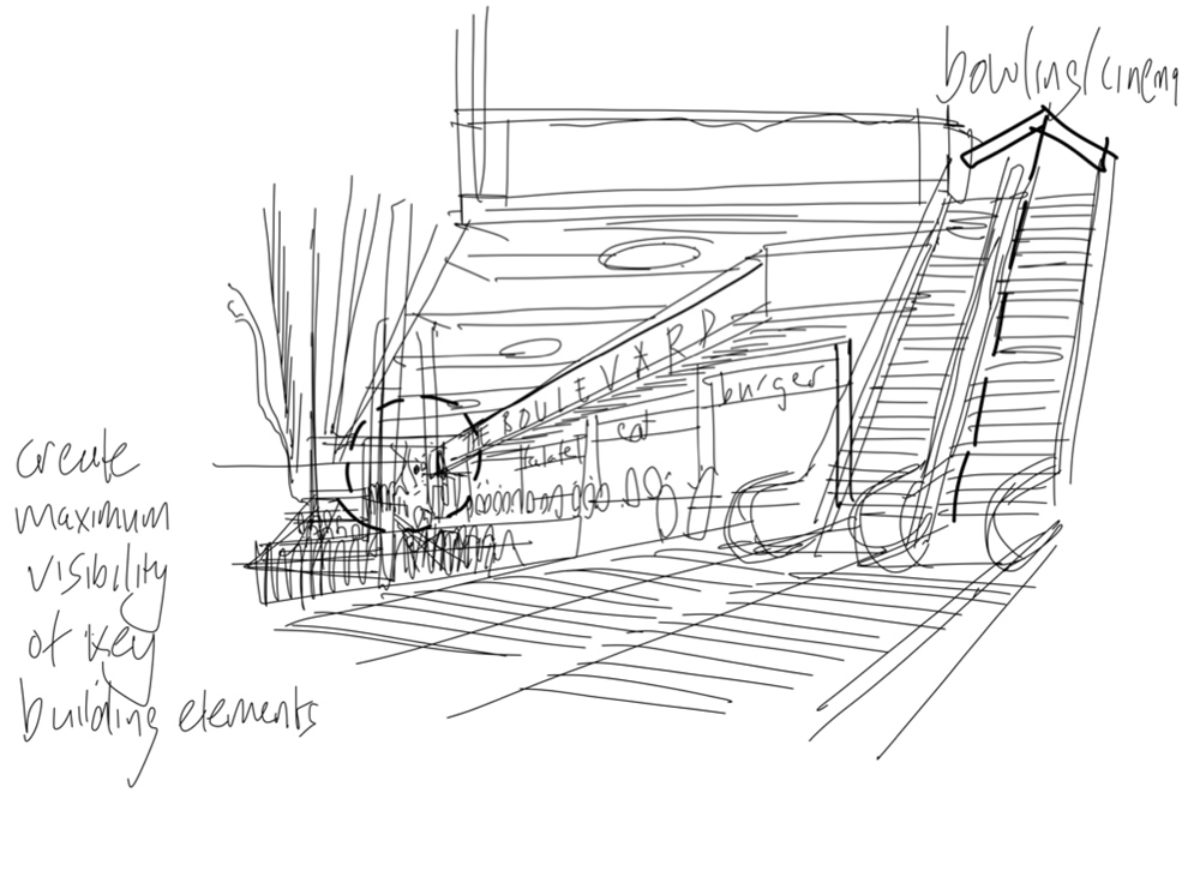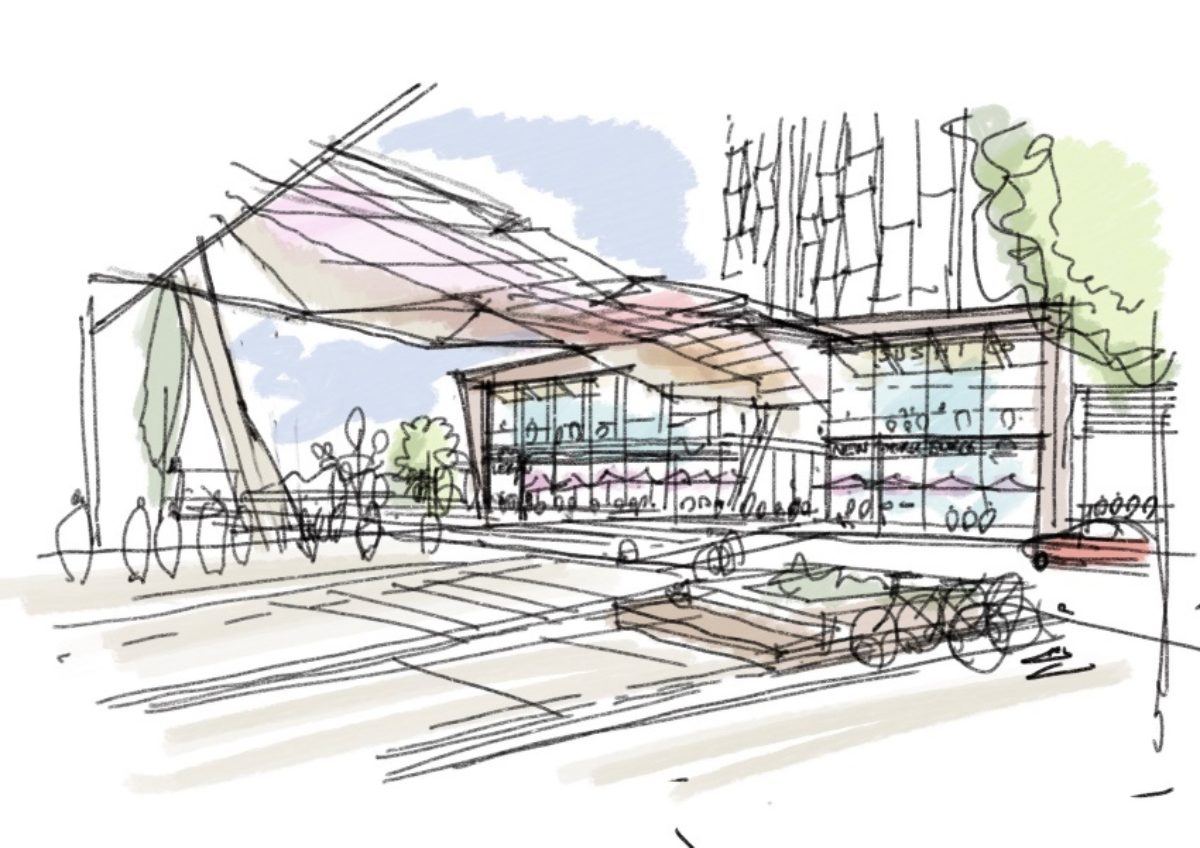Whilst everyone’s confidence and ability in this area will be different, I would strongly encourage anyone to have a go and to keep practicing. If you’re worried about structuring your composition, you can always use grid paper or other aids, but saying that, I’d always just say to people to go for it and not worry about creating something perfect.
I recall looking at Alvaro Sizas concept sketches for some of his early projects in an Architectural Exhibition in Berlin in 2001 and I have to say they were hardly recognizable as an identifiable sketch. The important thing to note is that it formed the main them in that project and was the vital first move to creating stunning architectural masterpieces.
I’d add that you don’t need masses of artist’s kit such as pencils, pens and paper to get into sketching either – these days you can do so much just on a decent digital tablet. Don’t be intimidated, just get started and be proud of whatever you can do!




